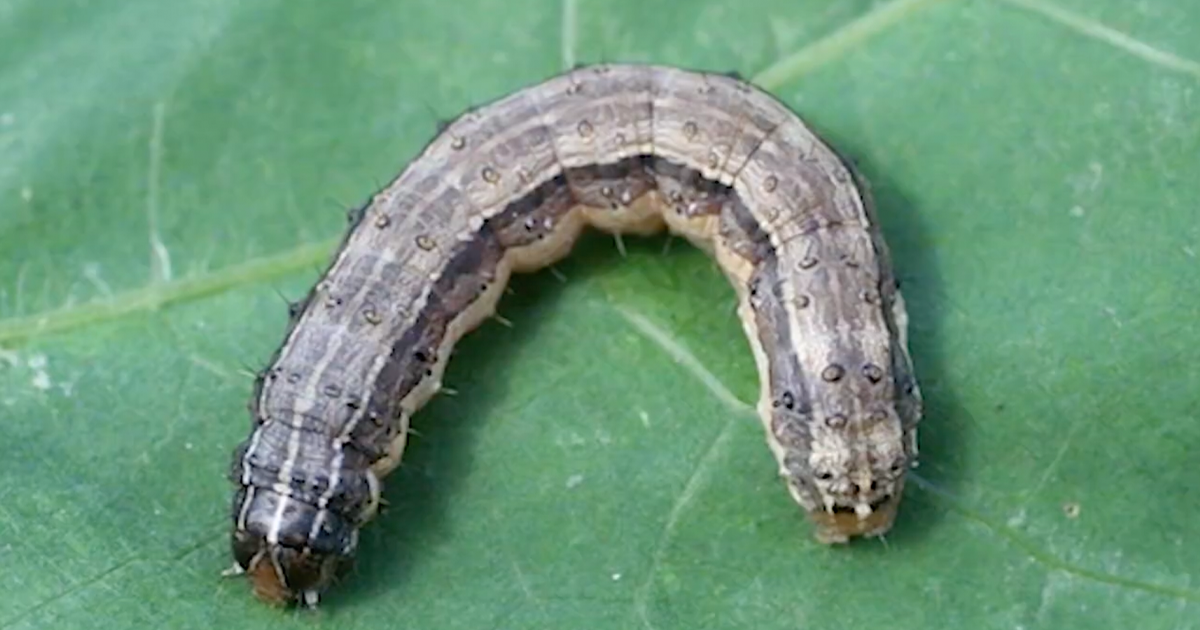Tifton, GA |
Summertime is usually a productive time for forage producers here in Georgia, however, mother nature had other plans as it’s been nothing short of a headache as at first there was too much rain, then not enough mixed with scorching temperatures. According to Lisa Baxter, State Forage Extension Specialist, though things have seemed to turn around lately, the effects from this year are far from over.
“I think the last time we had spoken in the spring, we were almost dealing with the opposite of now, where we were in too wet of conditions. We’ve, pivoted since then; don’t let the green grass behind me fool you, we’ve had some periods of pretty extreme drought throughout parts of Georgia. So the worst graphic that I saw, certainly 60 to 70% of our state was in some level of a D1 to D2 drought. The problem really was when that drought hit, because that was June to early July for a lot of us. We’re not feeling those effects as much now as what I anticipate we will six months from now, when everyone’s starting to feed hay, and there just isn’t going to be as much hay to feed,” says Lisa Baxter, State Forage Extension Specialist.
To make matters worse, the dry weather ended up giving fall armyworms a chance to become established, to which now, they have been found in more than seventy percent of the state’s counties.
“Sitting here today at the time of recording, we are actually at 70% of Georgia counties reporting damage from the fall armyworm. We have isolated reports every summer, but every 5 to 6 years, we hit this point of very widespread damage. We do tend to see these more widespread outbreaks in periods of drought, and we certainly had all of those kind of cards fall into place for us this summer. It’s very disheartening for a lot of producers, but the better you take care of your grass, the more they prefer that material,” says Baxter.
Baxter says what makes fall armyworms so challenging compared to other pests is how destructive they can truly be.
“The challenge with the fall armyworm, compared to a lot of other pests that we have, is they are entirely destructive, not just a portion of the plant. So, if you’re lucky, you just see a little bit of chewing on the leaf. Pretty typical what we’d see out in a in a hay field normally, but in these big widespread instances of damage, that’s where we start getting into total field loss if we’re not careful and being proactive with our insecticides,” says Baxter.
According to Baxter, the most important thing that can be done right now is being proactive and thinking ahead, as she believes resources may be hard to come by later in the year.
“So, if we’re sitting here today with a lot of uncertainty, we need to start thinking about culling sooner rather than later. Buying hay certainly sooner rather than later. Getting it tested, making sure we’re supplementing properly and again, making those decisions now, not in December or January when we’re really going to start feeling all of these confounding effects,” says Baxter.
Baxter recommends contacting your local extension office if you need assistance with managing fall armyworms or any other forage pest.
By: John Holcomb

